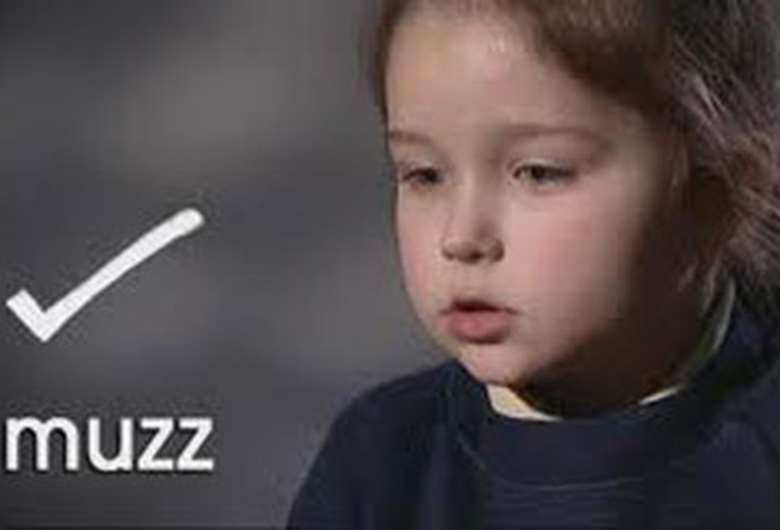Gap grows between 'rich' and 'poor' in phonics check
Friday, September 29, 2017
The latest results of the phonics screening check show the gap has grown between poorer pupils and their better-off peers.

The results also show a levelling out with just a 1 percentage point increase overall in children reaching the expected standard on the 2016 figure.
The statistics show that 81 per cent of children met the expected standard at the end of year 1 in 2017.
However, for pupils on Free School Meals (FSM), the gap has increased slightly by 1 percentage point compared to 2016, after a narrowing of the gap in both 2016 and 2015 of 1 percentage point. In 2017, 68 per cent of children eligible for FSM met the expected standard, compared to 84 per cent of other pupils.
All children in maintained schools in England are required to take the reading check - which tests whether they are able to decode words using phonics - at the end of Year 1, when they are typically six-years-old.
The Department for Education considers phonics to be the best way of teaching children to read. However, teachers’ views on the value of the reading check are mixed.
By encouraging teachers to use phonics – where pupils are taught to read by breaking words down into their component sounds – the Government said it is getting closer to a time when all pupils are reading fluently and accurately by the age of six.
According to the Department for Education, the proportion of Year 1 pupils who meet the expected standard in phonics has increased year-on-year from 58 per cent in 2012 to 81 per cent in 2017.
Children who do not meet the required standard have to re-take the check at the end of Year 2.
The check is administered by the child’s teacher one-on-one and involves pupils reading aloud from a list of 40 words, which includes made-up words, to check that they are able to read using phonic decoding.
As in previous years pupils are deemed to have met the expected standard if they are able to read 32 words correctly.
More girls than boys continue to meet the expected standard but the gap remains the same at 7 percentage points, with 85 per cent of girls and 78 per cent of boys meeting the standard in 2017.
The report said that there was ‘no noticeable difference’ between the attainment of pupils with a first language other than English (81 per cent) and pupils with English as a first language (82 per cent).
The statistics are also broken down by ethnic group and show that there was little change in the attainment of pupils from different ethnic groups compared to 2016.
More Indian and Chinese pupils continue to meet the expected standard than pupils from other ethnic groups, with Irish traveler and Gypsy/Roma pupils least likely to meet the standard.
When the results are broken down by ethnic group, gender and FSM eligibility, the lowest performing group was White boys eligible for FSM, with only 60 per cent of them meeting the standard.
The highest performing groups were girls not eligible for FSM from Chinese, Asian, Black ad Mixed ethnic groups and Chinese boys not eligible for FSM.
James Turner, deputy CEO of the Education Endowment Foundation, said, ‘There has been some progress on closing the attainment gap in primary school so it is worrying that the latest data shows the gap for the phonics check widened slightly.
‘We know that a good grasp of phonics is crucial for supporting younger pupils to master the basics of reading. Educational prospects for children who don’t achieve good literacy skills by the end of primary school are bleak. The best way to close the gap and improve literacy levels for all is through the better use of evidence: looking at what has – and has not – worked in the past to give the best chance of success in the future.’
School Standards Minister Nick Gibb said, ‘We want every child to reach their potential and this means ensuring all pupils can read fluently by the time they leave primary school.
‘Thanks to the hard work of teachers across the country, and this Government’s continued focus on raising standards and increased emphasis on phonics, six-year olds are-reading better than ever before. Today’s results show there are now an additional 155,000 six-year-olds on track to becoming fluent readers. This is a huge achievement, improving the lives and education of hundreds of thousands of children.
‘But there is more to do for the youngest children which is why, as we said in our manifesto, we will strengthen the teaching of literacy and numeracy in the early years. We are determined that all children, whatever their background, should have the rich vocabulary needed to fulfil their potential at school.’









